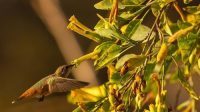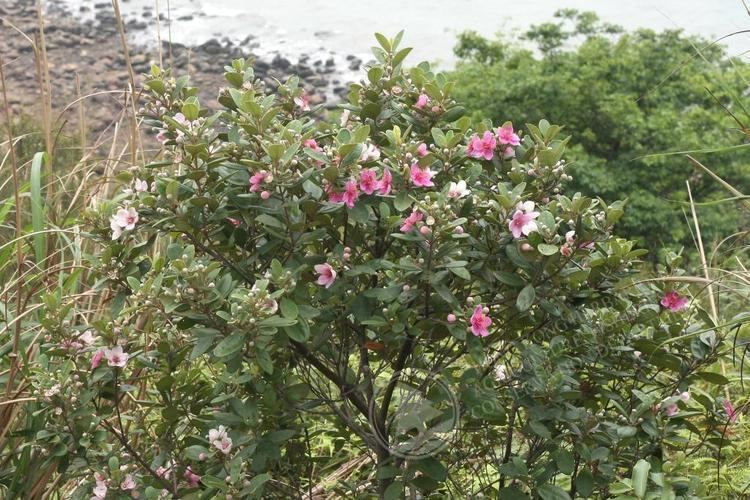
Rhodomyrtus tomentosa is a stunning flowering plant from the Myrtaceae family and can be seen in several areas of southern and southeastern Asia. This incredible plant has many names, such as the rose myrtle, and can adapt to various environments such as natural forests, wetlands, riparian zones, and even bog margins. What’s impressive is that it can grow up to 2400 meters above sea level. It’s no surprise that it’s indigenous to countries like China, India, and the Philippines.

In order to avoid plagiarizing, it’s necessary to rewrite the provided content using our own words. This can be done by using different vocabulary choices, rearranging the sentences, and including personal anecdotes or viewpoints. Remember to give credit to any sources used and ensure that the fresh content is not too similar to the original. Let’s enjoy the creative process and generate something entirely unique!
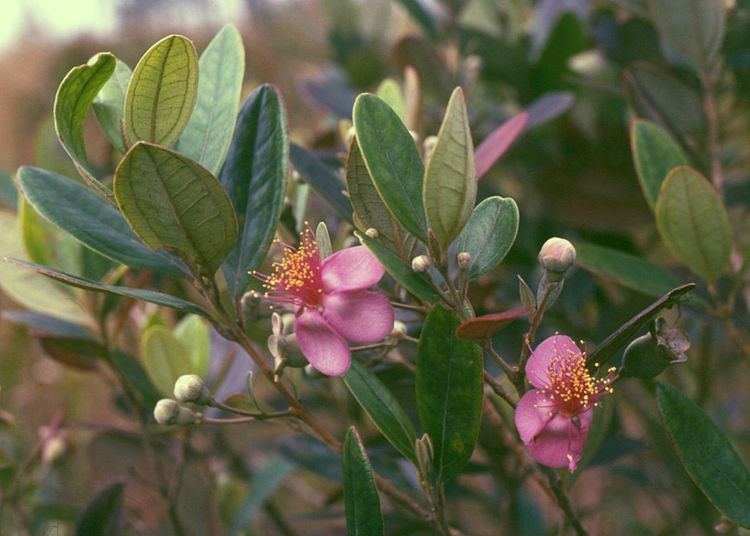
Rhodomyrtus tomentosa is a variety of evergreen shrub that can reach up to 12 feet in height. The leaves are tough, opposite, and measure between 5-7 cm long and 2-3.5 cm wide. They have an oval shape, three veins from the base, and are shiny green on the top surface. The underside is covered with dense grey or occasionally yellowish hair. Rhodomyrtus tomentosa flowers can be seen either alone or in groups of two or three. They are about 2.5-3 cm in diameter and have five petals with white shading on the outside, while the inside is purplish-pink or entirely pink in color.
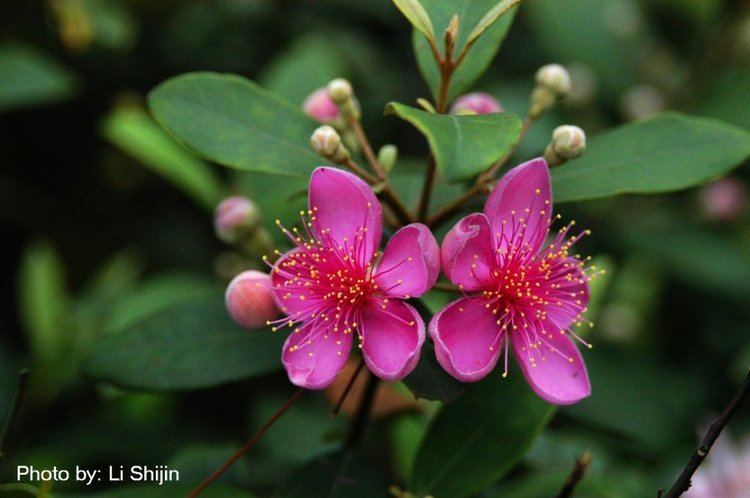
This particular plant yields a fruit that is completely harmless to consume and boasts a size of approximately 10-15 mm. The fruit has a charming purple hue and has a circular shape with three or four compartments on the inside. Even after being plucked, the fruit still retains some calyx lobes as ornamentation. The flesh of the fruit is tender, and each compartment contains roughly 40-45 seeds arranged in pairs. Typically, animals who eat the fruit are responsible for dispersing it. Both the production and germination rates of the seeds are impressive.

The plant we are referring to has numerous synonyms including Myrtus canescens Lour., Myrtus tomentosa Aiton, Rhodomyrtus parviflora Alston, and Rhodomyrtus tomentosa (Aiton) Wight. It is also known by several common names such as Ceylon hill gooseberry, Downy myrtle, Downy rose myrtle, Feijoa, Hill gooseberry, Hill guava, Isenberg bush, Myrte-groseille, Kemunting, Gangrenzi, and Rose myrtle. This versatile plant has been cultivated and utilized for various purposes.
This particular flora has proven to be a valuable option for creating fire-resistant barriers in the Himalayas. It is also a popular choice for ornamental purposes, often found in gardens located in tropical and subtropical areas due to its stunning blooms and delicious fruits that can be used in various dishes like pies, jams, and salads. The fruit is even used to create a type of wine called rượu sim in Phú Quốc, Vietnam, as well as being canned with syrup for export or transformed into preserves. Proper management techniques are crucial to ensuring the thriving growth of this plant.
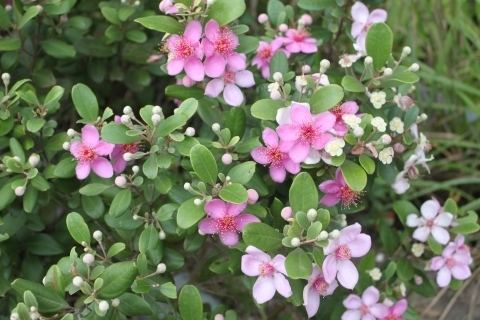
The invasion of certain countries by a particular plant species has become a concern as it dominates the local habitats, leading to the displacement of native flora and fauna. Regions such as Hawaii, Florida, and French Polynesia have been significantly impacted. The plant can thrive in various soil types, except those prone to heavy saltwater exposure. It is fire-adapted and can quickly resprout after a fire incident. In Florida, the species forms dense monoculture thickets, which overcrowd and compete with native species, potentially disrupting the natural fire regimes. A risk assessment conducted in Hawaii and other Pacific islands assigned this plant species an 8, indicating a high probability of substantial ecological or economic damage. To combat the invasion, manual removal of seedlings and mature shrubs using a chainsaw or brush cutter, followed by commercial herbicide treatment of stumps, can be effective. The species was introduced to Hawaii and Florida circa 1920 and has continued to expand since then. It is currently listed as a noxious weed in Hawaii, and French Polynesia has also encountered significant issues with this invasive species.




